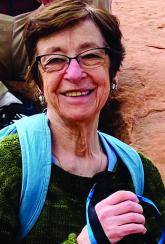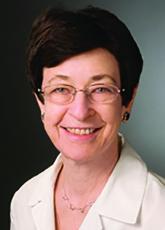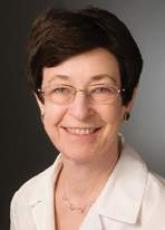Opinion

Emotions, science, and the politics of COVID
- Author:
- Ruth Cohen, MD
Publish date: January 18, 2022
How should psychiatry deal with COVID? As scientists, we seek the truth without bias and politics.
Opinion

Reflections on life before and during COVID-19
- Author:
- Ruth Cohen, MD
Publish date: August 25, 2020
Dr. Ruth Cohen reflects on some of the changes the pandemic brought to New York City.
News

How to beat bullying in the workplace
- Author:
- Ruth Cohen, MD
Publish date: February 25, 2020
Dr. Ruth Cohen describes how she advised a medical consultant on a surgical unit who found herself challenged by a bully.
Opinion

My patient will die
- Author:
- Ruth Cohen, MD
Publish date: April 9, 2019
Dr. Ruth Cohen describes meeting with a patient who is facing terminal illness.
Opinion

Is this psychotherapy?
- Author:
- Ruth Cohen, MD
Publish date: April 5, 2017
Dr. Ruth Cohen shows that compassion and intuition are just as important as science when providing treatment for psychiatric patients.
News

Commentary: Reclaiming psychiatry
- Author:
- Ruth Cohen, MD
Publish date: March 14, 2015
Opinion

Poverty's Effect on Mental Health
- Author:
- Ruth Cohen, MD
Publish date: December 21, 2012
